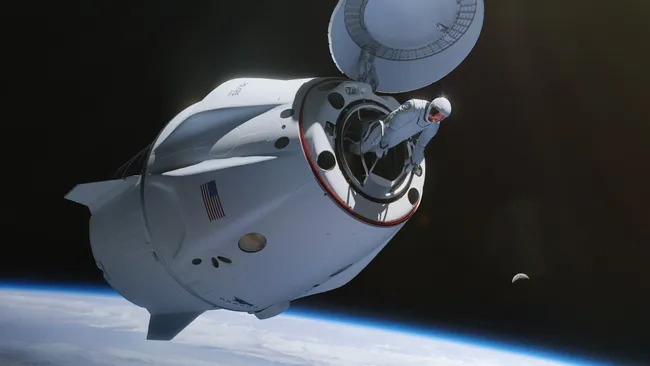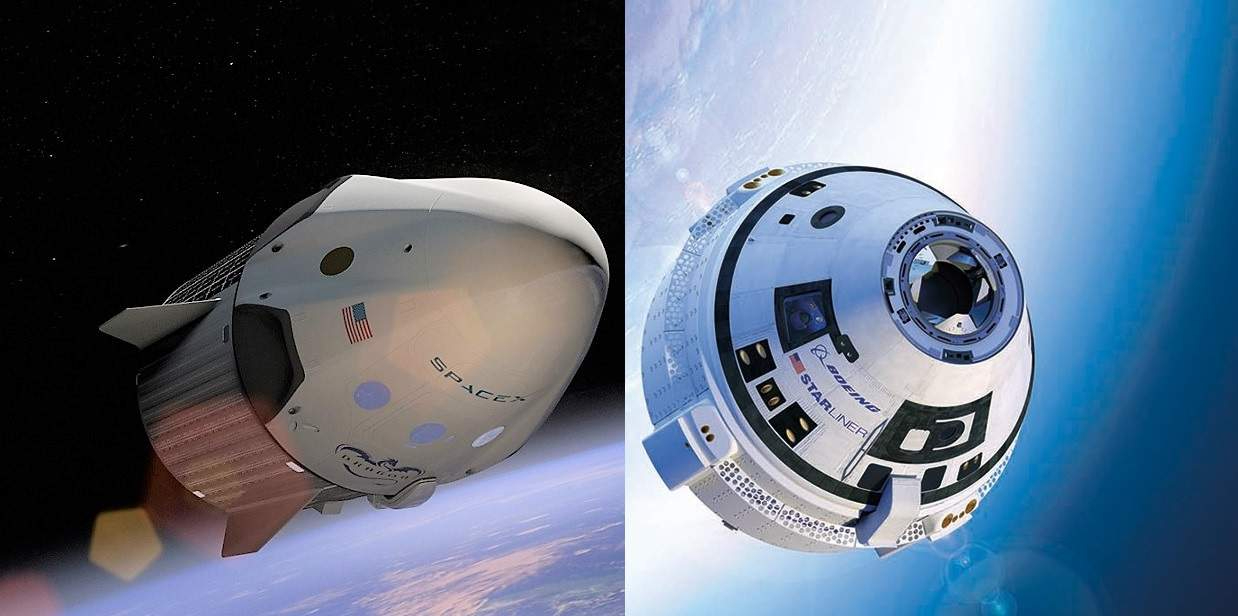Muscle experiment showcases the struggle of long-distance space travel

Image: ASME
Bad news for astronauts that also want to be fitness influencers: #gains are harder in space, as muscles tend to shrink (even with exercise).
But, thanks to recently published research from Stanford studying the effects of space on lab-grown muscle, we have more information as to how – further enabling scientists to work on ways to counteract these effects for future long-distance space travel.
- The research involved growing human muscle cells in a lab, then sending the samples to the International Space Station, where astronauts tended to them for a week.
- The space cells, which were grown in enclosed chambers, formed shorter muscle fibers than cells in identical conditions on Earth, similar to how a disorder called sarcopenia affects human biology and causes muscles – which comprise ~40% of all body weight – to weaken and waste away.
However – with either of the two drugs known to help tissue repair, scientists were able to ward off some of these effects👆.
Drugs: the future of long-distance space travel?
The human body and space go together about as well as orange juice and toothpaste. Effectively, the great black void serves as a biological gas pedal, accelerating the human aging process. Per the Wall Street Journal: The immune system is shocked into a state of high alert, as if under attack by infection. Stem cells in the bone marrow are slow to manufacture red blood cells, turning astronauts anemic. Heart muscle weakens, and bone density decreases.
Most of these effects are temporary and resolve themselves when astronauts return to Earth. But what if they’re on a ship to Mars – a 2-3 year roundtrip with current technology – and can’t?
- According to scientists, the answer is technology – or drugs.
- A recent study researching the effects of space on the human kidney indicates that any astronauts traveling to Mars would receive permanent kidney damage and loss of function unless preventative measures – such as dialysis machines, drugs, or new technology – were in place.
👀 Looking ahead… NASA has a stated goal of placing the first humans on Mars as early as the 2030s, after first setting up a long-term human presence on the Moon. Another lab-grown muscle experiment is scheduled to take place in space next year, with scientists aiming to continue research on identifying drugs that could combat space’s effect on human muscles.
Share this!
Recent Science & Emerging Tech stories

Science & Emerging Tech
| August 26, 2024SpaceX’s Polaris Dawn is attempting the first private spacewalk
🧑🚀 This week, SpaceX’s Polaris Dawn mission is scheduled to try something never done before: sending private citizens on a spacewalk.

Science & Emerging Tech
| August 7, 2024Could autonomous cars eliminate traffic?
🚗 As more driverless vehicles hit the road, a group of researchers believes traffic jams could be eliminated completely.

Science & Emerging Tech
| August 5, 2024NASA has a tough decision to make
🚀🤔 NASA, like Lebron James in 2010, has a decision to make – send two “stranded” astronauts home on A) Boeing’s Starliner, or B) SpaceX’s Crew Dragon?
You've made it this far...
Let's make our relationship official, no 💍 or elaborate proposal required. Learn and stay entertained, for free.👇
All of our news is 100% free and you can unsubscribe anytime; the quiz takes ~10 seconds to complete